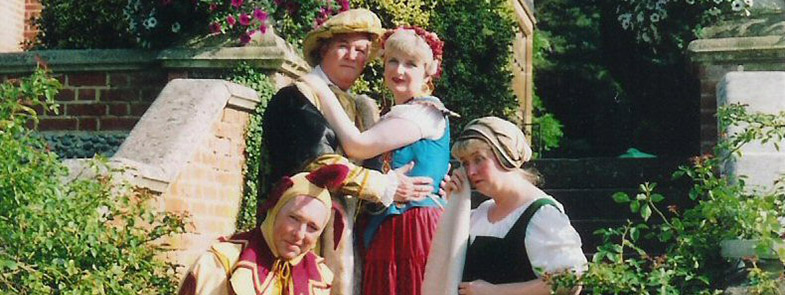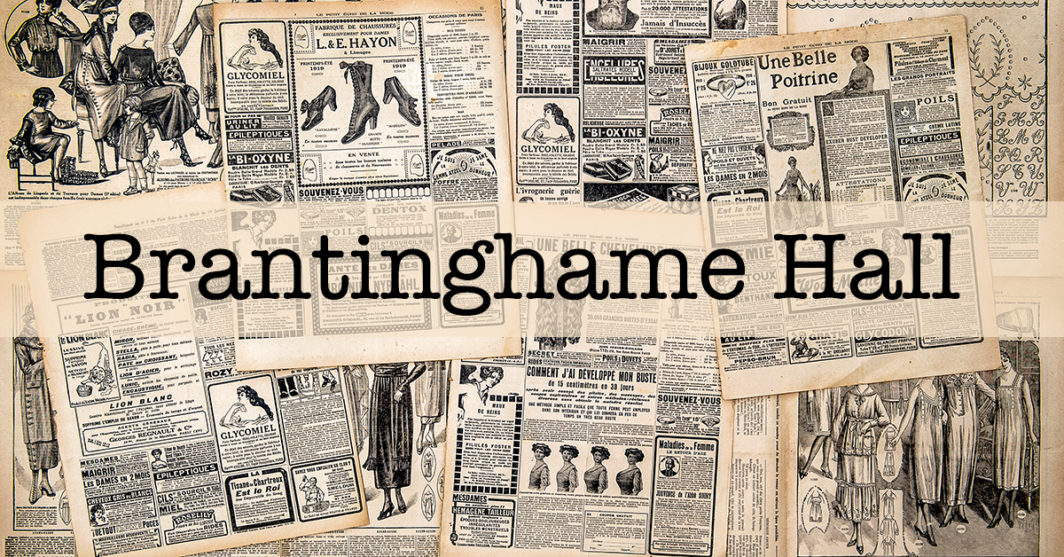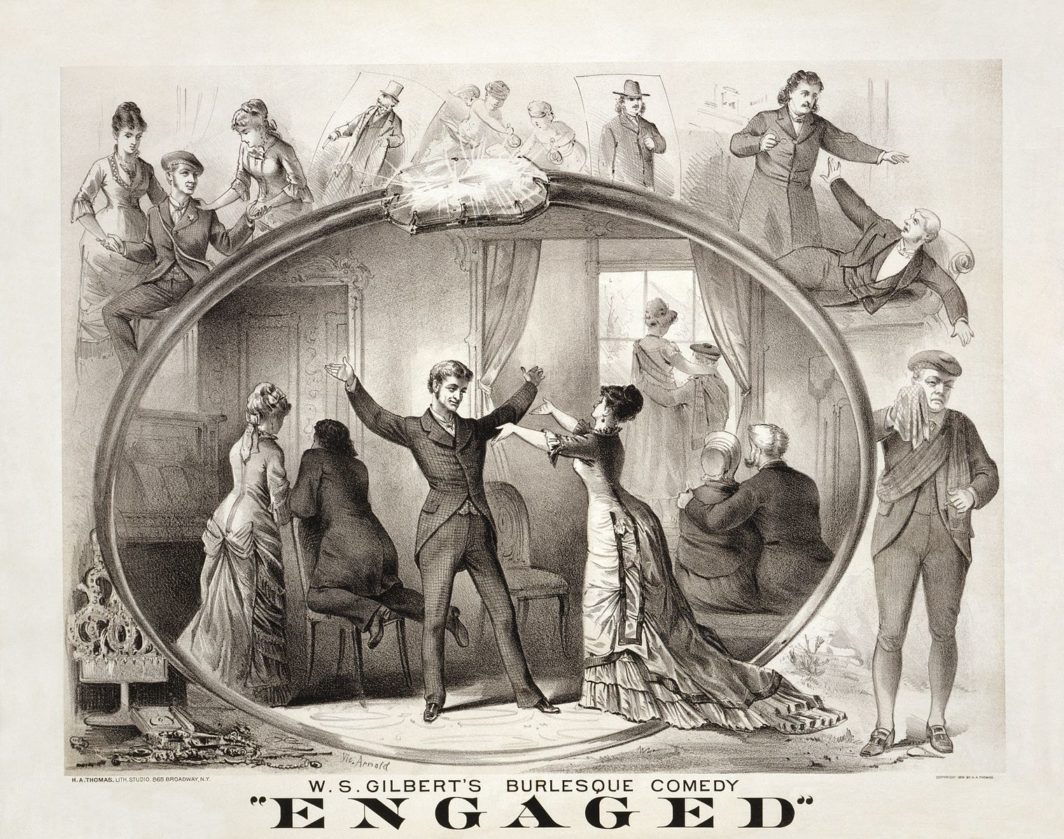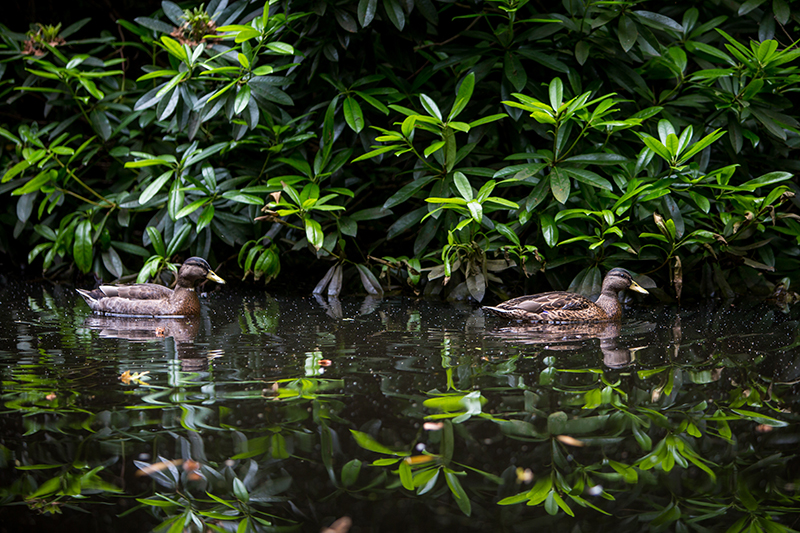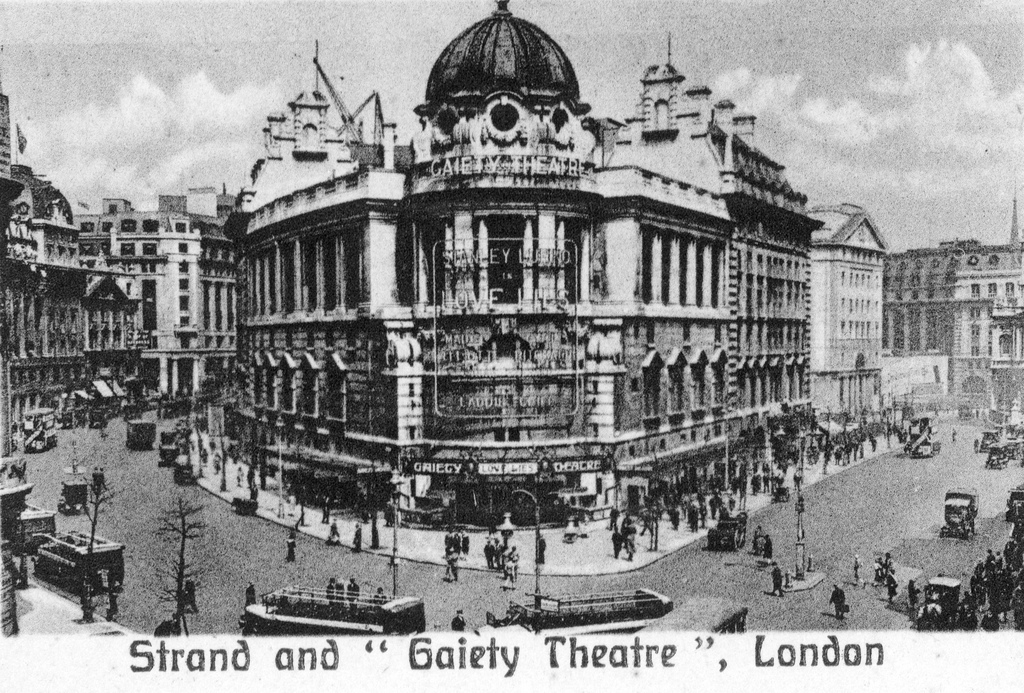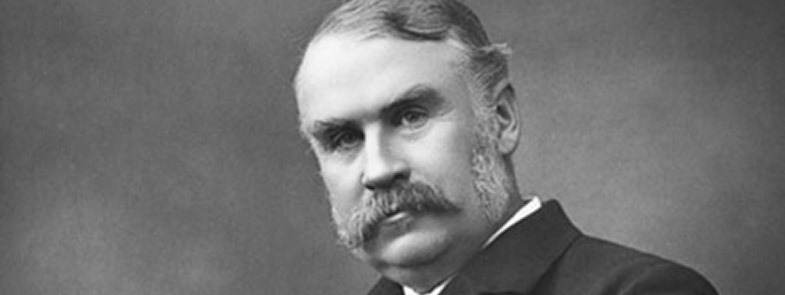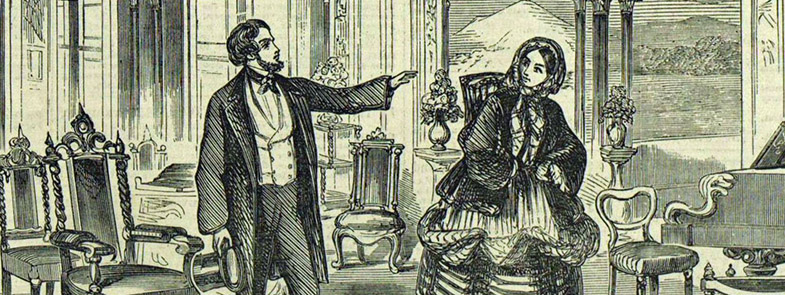As soon as The Mikado had its opening night, Gilbert started work on the next production – Ruddygore. Due to other work commitments, Sullivan delayed setting the opera to music until the latter part of 1886. Rehearsals finally commenced in December that year. The tenth Savoy Opera, Ruddygore was first performed by the D’Oyly Opera Company, at the Savoy Theatre, … Read More
The Pirates of Penzance
The Pirates of Penzance has been well loved for over a century. Performed by various opera companies, including the D’Oyly Carte Opera Company. As the fifth collaboration by Gilbert and Sullivan, it has been performed on Broadway, imitated by various companies, and modernised into film. A true comic opera of two acts. Officially premiering at the Fifth Avenue Theatre, New … Read More
Brantinghame Hall
Brantinghame Hall was a four-act serious drama, written by W.S. Gilbert for his friend Rutland Barrington. Barrington was leasing St. James’s Theatre and need to increase audience figures, so Gilbert resurrected an old play that hadn’t previously been produced. Brantinghame Hall was sentimental and had a few good comedy scenes, so Gilbert modified it for Barrington, so he could place it at … Read More
W.S. Gilbert’s stage management methods
As illustrated in The Strand interview1, W.S. Gilbert was a thorough stage manager, who planned everything in great detail. His need for detail involved having exact replicas of the stage, actors and scenes created, so he could plan, in depth, exactly who should be on stage at any given time. This is possibly why he was revered so much, as … Read More
The lake at Grim’s Dyke
The artificial ornamental lake at Grim’s Dyke must have been one of the biggest gardens and grounds projects undertaken by Sir William and Lady Gilbert. The original lake was way beyond the house and ornamental gardens, so, under Sir William’s direct supervision, it was extended, firstly in 1899, then again in 1905, until it reached a surface area of 1.5 … Read More
The Victorian art of Curio collecting
Curios, otherwise known as knick-knacks, trinkets and ornaments are one of those household things that you either love or hate – and it seems, that the Victorian had rather a passion for them! The Victorian love of Curios The Victorians loved to collect curios and display them around the house – many even had a curio cabinet, full of the … Read More
Caesar van Everdingen – one of W.S. Gilbert’s favoured painters
Caesar van Everdingen (1617-1678), also known as Caesar Pietersz was a 17th Century Dutch painter. He was a Baroque artist, focusing primarily on portrait and history, and was also known to be one of the painters from the period known as the Dutch Golden Age. W.S. Gilbert the Art Collector W.S. Gilbert loved collecting curios and art – one of … Read More
The Gaiety Theatre
The Gaiety Theatre was built in 1864, on the former site of the Lyceum Theatre. Originally established as the Strand Musick Hall, it took four years to become known as the Gaiety Theatre. John Hollingshead Under the management of John Hollingshead, the Gaiety Theatre was known for musical burlesque, pantomime and operetta performances. It was also synonymous with being a … Read More
The Garrick Theatre – W.S. Gilbert’s legacy
The Garrick Theatre first opened its doors on 24th April 1889, with an Arthur Wing Pinero play, The Profiligate. Situated on Charing Cross Road, The Garrick was renowned English librettist, dramatist, poet and illustrator W.S. Gilbert’s legacy (as financier for the theatre’s build). Designed by Walter Emden, the theatre nearly didn’t happen, after difficult site planning, due to an underground river being discovered … Read More
W.S. Gilbert – a leading figure for theatrical reform
Drawing of Priscilla German Reed in both the parts she played in an 1857 double bill: the title roles in The Flower-boy and The Scotch Fisher-girl In the 1870’s the theatres of London were full of sexually orientated burlesque shows and badly adapted French operettas. Theatre had fallen into disrepute and wasn’t seen as a suitable place for any underage … Read More
- Page 1 of 2
- 1
- 2


